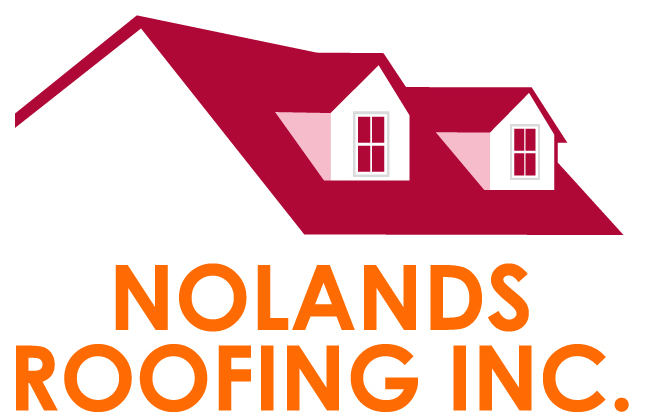Whether you’re replacing the roof on your business, picking a roof for your new-build home, or extending your current roof, choosing your roof type is an important decision.
There are two main types of roofing systems: flat roofs and pitched roofs. Each has its own pros and cons, so we’re sharing the differences between flat roofs and pitched roofs, so you can decide which is best for your home or business.
Flat Roofs
Flat roofs offer a modern and versatile roofing solution for residential, commercial, and industrial buildings. As the name suggests, they have a minimal slope compared to traditional pitched roofs. While they may appear completely flat, they actually have a slight slope of 1-10 degrees to facilitate water drainage. The low slope is designed to direct water towards drainage systems or roof edges to prevent pooling and water damage.
Pros of Flat Roofs
One of the main advantages of a flat roof is that it provides additional space that can be used for various purposes. For instance, you can install solar panels, air conditioning units, or create a rooftop garden. Flat roofs are also easier to maintain, and you can easily access them for inspections, repairs, or cleaning.
Flat roofs are generally less expensive to install than pitched roofs. They require less roofing material and labor, and the installation process is quicker. When it comes time to replace your flat roof, the cost is typically lower compared to a pitched roof.
Cons of Flat Roofs
The primary disadvantage of a flat roof is that it has a shorter lifespan compared to a pitched roof. Flat roofs are more prone to leaks and water damage, which can reduce their lifespan. In addition, flat roofs can accumulate debris, leaves, and other materials, which can lead to clogging and water pooling. Regular inspections and maintenance are necessary to ensure the longevity of your flat roof.
Pitched Roofs
Pitched roofs are sloping and have a steeper angle than flat roofs. They are commonly used in residential buildings, including houses and apartments. Pitched roofs can be made from various materials, including asphalt shingles, metal, clay tiles, and concrete tiles.
Pros of Pitched Roofs
One of the main advantages of a pitched roof is that it has a longer lifespan compared to a flat roof. Pitched roofs are designed to drain water effectively, which reduces the risk of leaks and water damage. In addition, the steep angle of a pitched roof prevents debris from accumulating, reducing the risk of clogging and water pooling.
Pitched roofs are also aesthetically pleasing, and they enhance the curb appeal of your building. Moreover, pitched roofs provide extra space in the attic, which can be used for storage or as a living space.
Cons of Pitched Roofs
One of the main disadvantages of a pitched roof is that it is more expensive to install compared to a flat roof. Pitched roofs require more roofing material, labor, and time to install. In addition, pitched roofs are more difficult to maintain and repair, as they require specialized equipment and expertise.
Another disadvantage of pitched roofs is that they are not suitable for all buildings. Buildings with a low roofline or limited space may not be able to accommodate a pitched roof.
How To Choose Between A Pitched Roof Or Flat Roof
Deciding between a pitched roof vs flat roof means considering several factors, including aesthetics, functionality, climate, budget, and maintenance requirements.
- Consider aesthetic preferences: Evaluate your architectural style and personal preferences. Pitched roofs often convey a traditional or classic aesthetic, while flat roofs are associated with modern and minimalist designs.
- Assess functionality and space: Think about how you intend to use the roof space. Flat roofs offer opportunities for rooftop gardens, solar panels, outdoor living areas, or HVAC equipment installation. Consider whether additional usable space or specific features like skylights or roof decks are important to you.
- Evaluate climate considerations: Assess the climate of your region. Pitched roofs are generally better suited for areas with heavy rainfall or snowfall, as their slope facilitates efficient water drainage and prevents water pooling. Flat roofs may be suitable for dry or moderate climates but may require additional measures to ensure proper drainage and insulation in areas with extreme weather conditions.
- Consider budget and cost: Determine your budget for roofing installation and maintenance. While flat roofs may have lower initial installation costs in some cases, pitched roofs are often perceived as more durable and may require less frequent maintenance over time.
The best way to decide on a roof system is to seek advice from roofing contractors like Noland’s Roofing who can assess your specific needs and provide recommendations based on their expertise. Ask for cost estimates, design options, and maintenance requirements for both pitched and flat roof configurations.
By choosing the right roofing system, you can ensure that your home is protected from the elements and that it provides a comfortable and safe environment for its occupants. Contact Noland’s Roofing to see how our experts can help.


